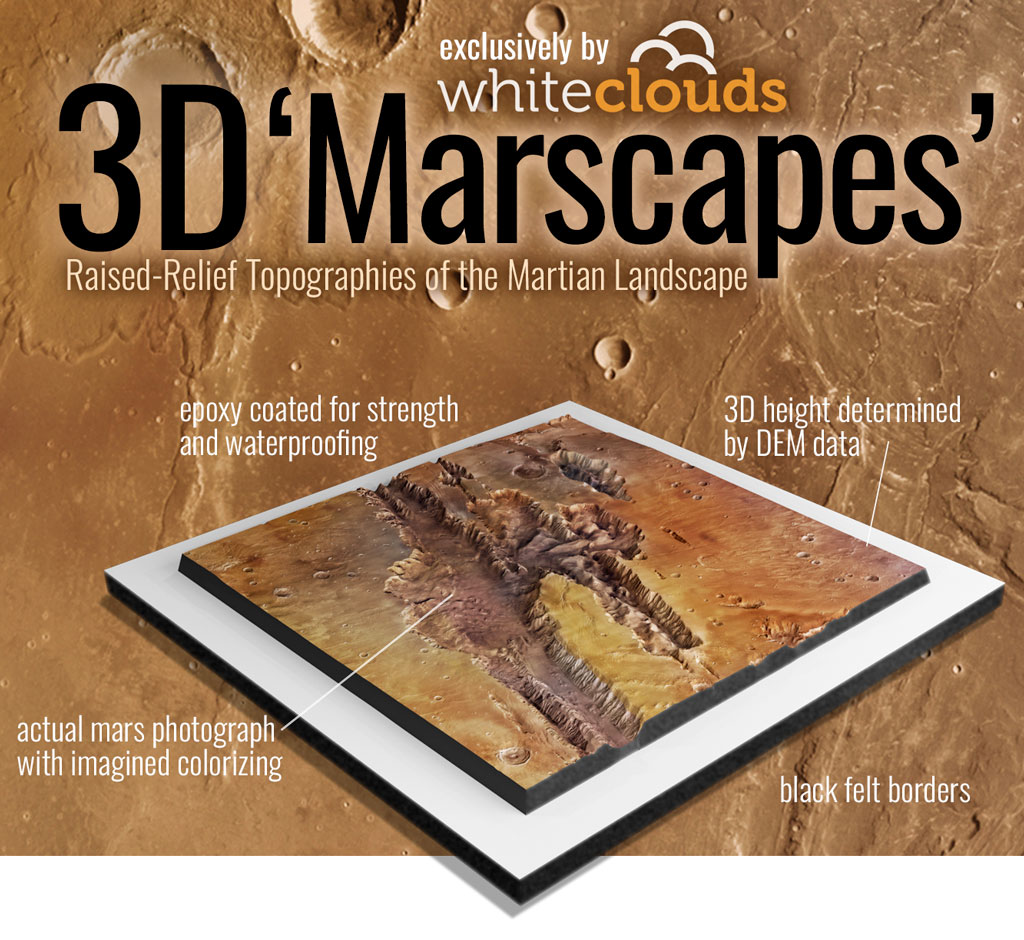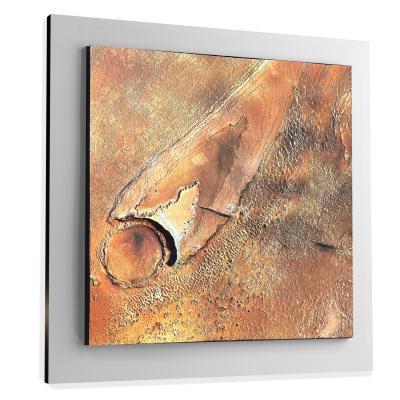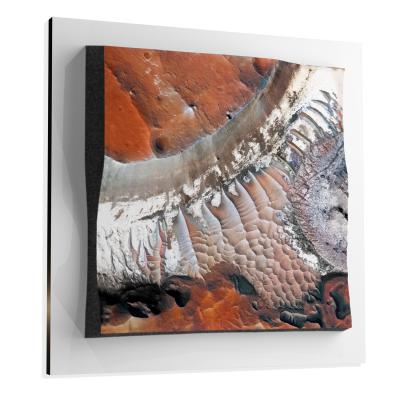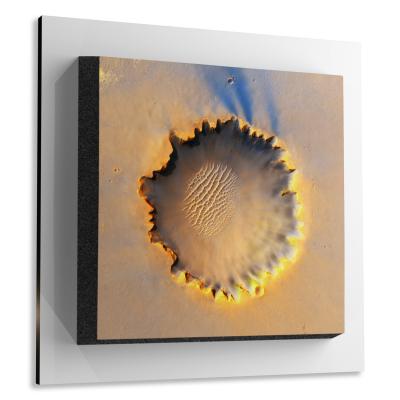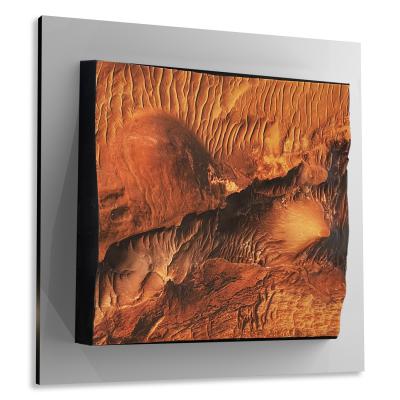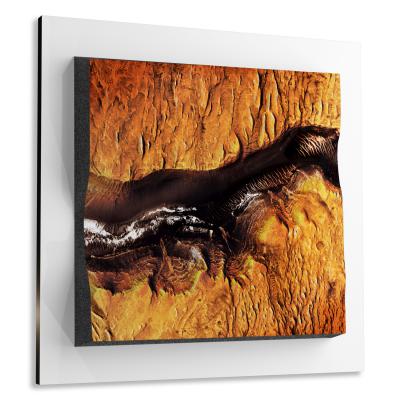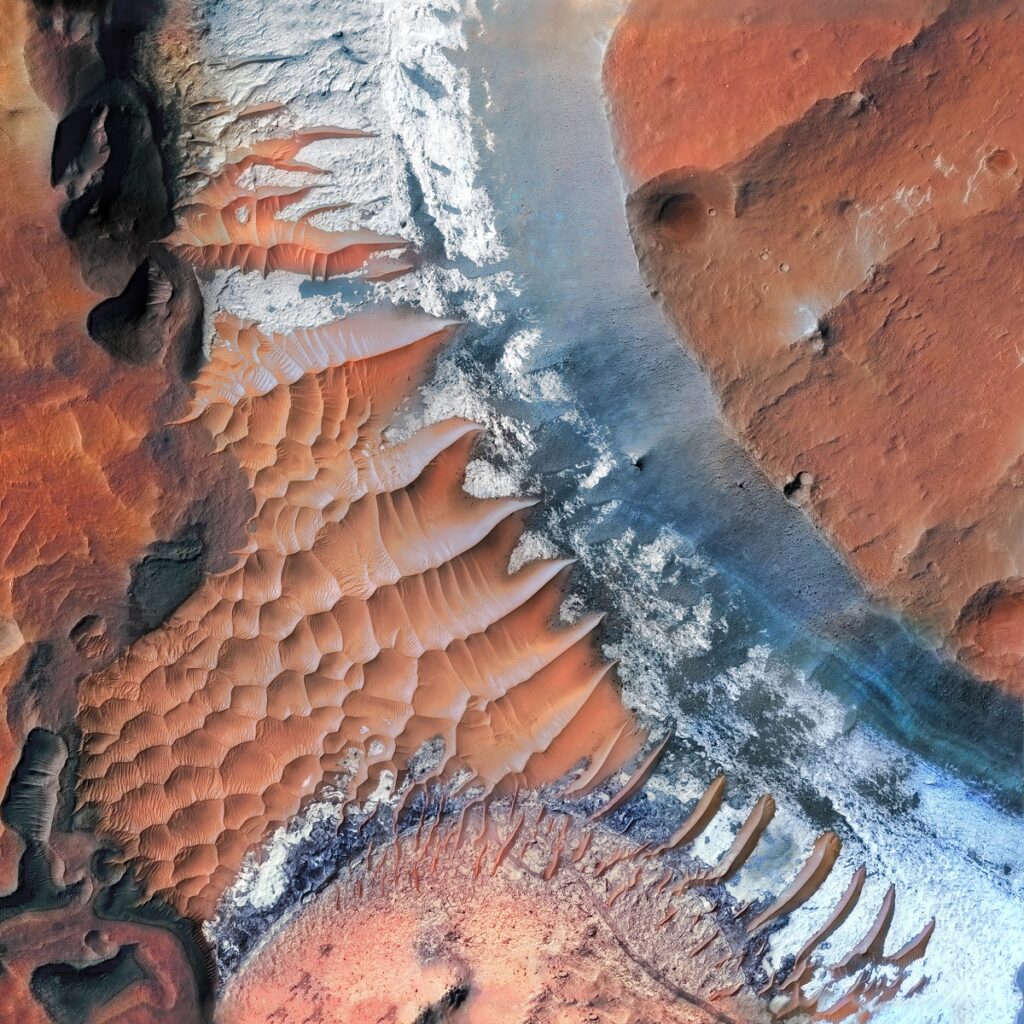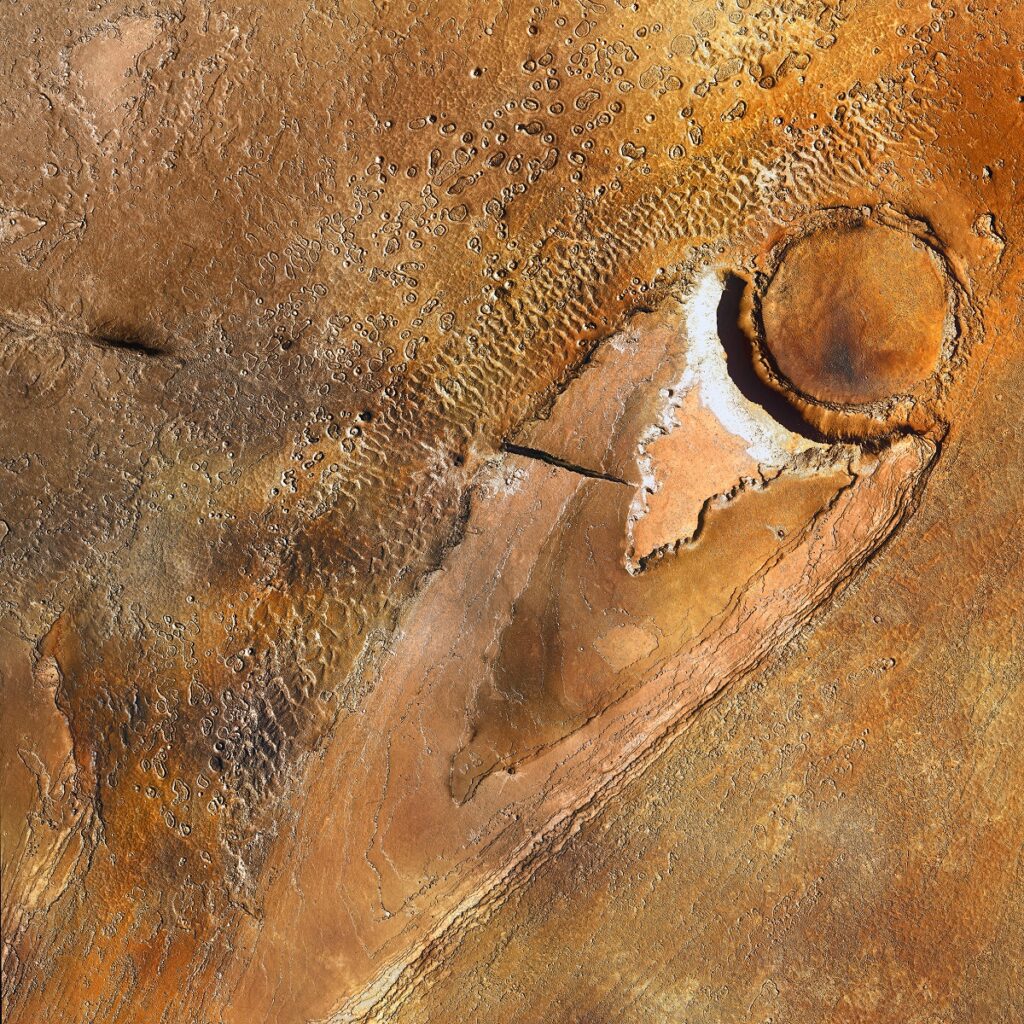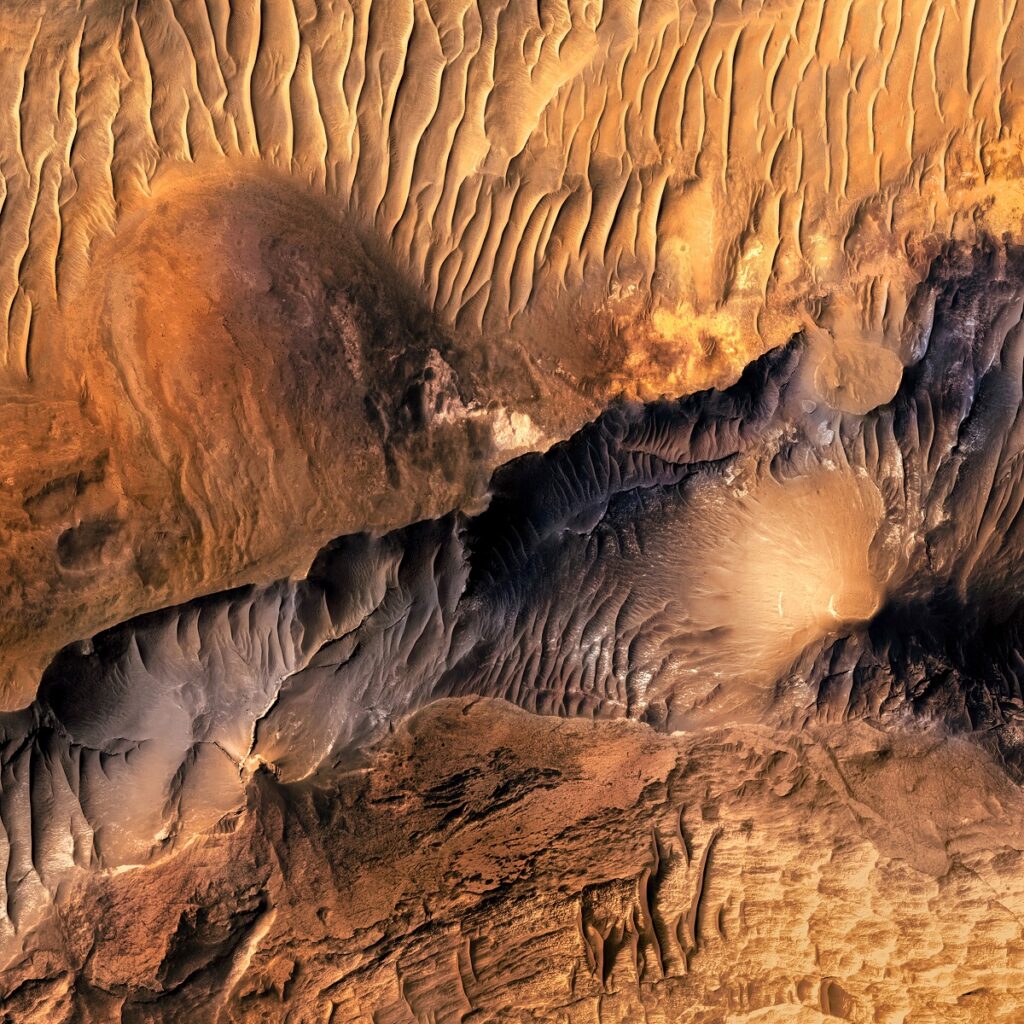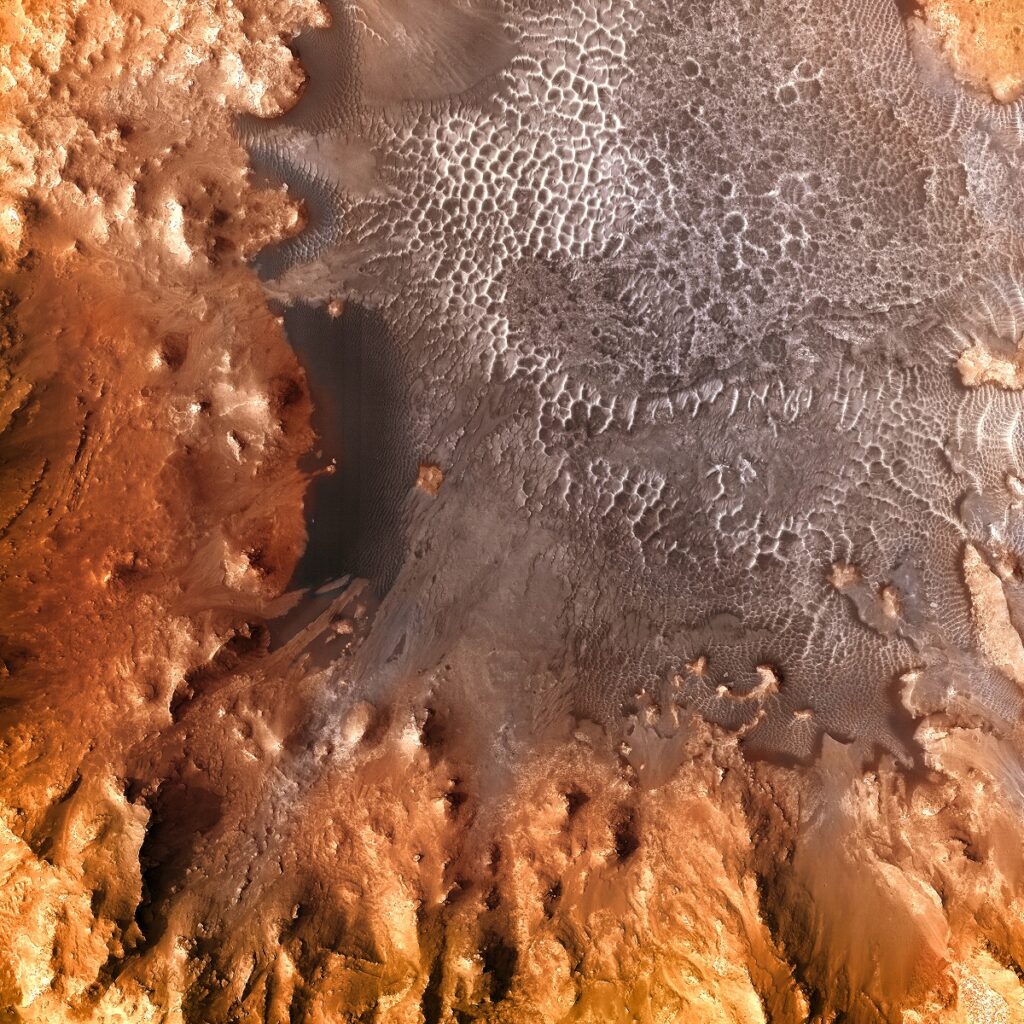Kasei Vallis
Kasei Vallis
We Build Custom 8K Mars Canvas Prints of Kasei Vallis
Did you know we make
custom
8K Mars Canvas Prints
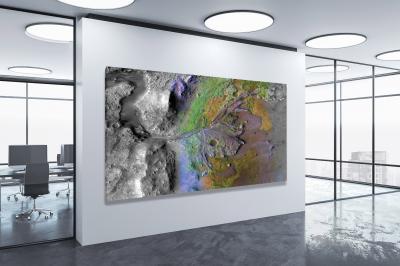
and
3D Marscapes
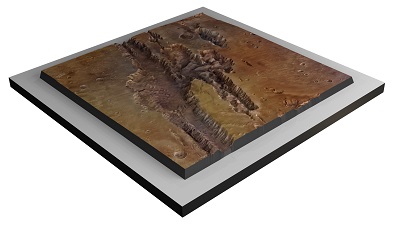
Kasei Vallis
Kasei Vallis is one of the most intriguing and well-studied features on the Martian surface, presenting a fascinating look into the planet’s geological and hydrological history. As one of the largest outflow channel systems on Mars, Kasei Vallis offers valuable insights into past cataclysmic events, including possible flooding and volcanic activities.
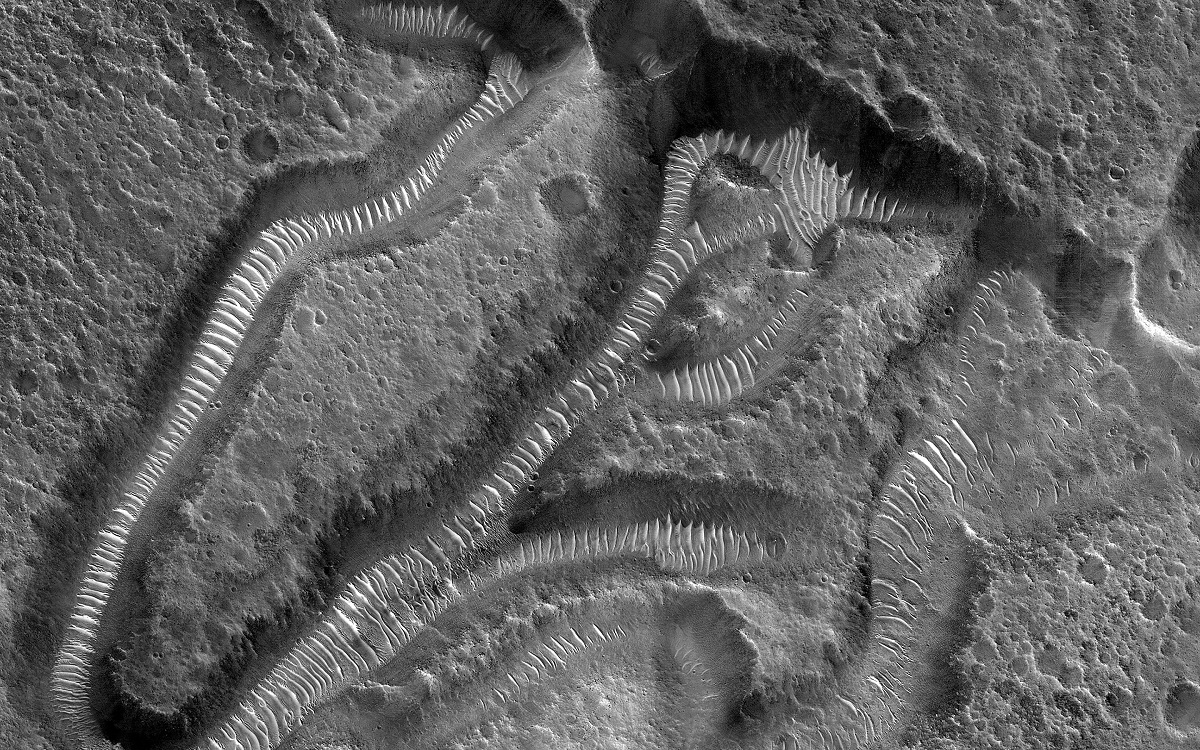 Channels on a Streamlined Island of Kasei Vallis
Channels on a Streamlined Island of Kasei Vallis
Geographical Location
Kasei Vallis, a prominent Martian geological feature, is primarily situated within the Lunae Planum plateau. This plateau itself is a broad, relatively flat region on Mars, which has immense importance in understanding Martian geology. The Vallis originates in the vicinity of the massive Tharsis volcanic plateau, coursing an incredible journey that terminates at the Chryse Planitia, a smooth circular plain. This spectacular outflow channel spans an astonishing 1,580 miles (approximately 2,540 kilometers), making it among the most extensive valleys on Mars, eclipsing its terrestrial counterparts. Geographically, its coordinates lie between latitudes 30°N and 70°N, and longitudes 65°W and 45°W. Its sheer length and geographical position make it a critical focal point for research into Mars’ geological and hydrological evolution. Moreover, its geography ties it seamlessly to other key Martian features like the towering Tharsis volcanoes and the expansive northern lowland basins. These connections provide an unparalleled framework for interpreting the larger geological narrative of the Martian landscape.
Advertisement
Sample Marscapes
Geological Composition
The geological makeup of Kasei Vallis is a complex, multi-faceted tapestry that reflects its eventful and diverse geological history. The bedrock of the channel is predominantly comprised of basaltic lavas. These lava flows are telltale signs of the once-active volcanism that played a significant role in shaping the Martian landscape. These basalts lie juxtaposed with a plethora of sedimentary formations, including conglomerates and distinctly layered deposits. These sedimentary rocks point toward periods of sediment deposition, which are suspected to have occurred through the agency of water flow at different times. Through advanced spectroscopic data analysis, a rich mineralogical composition has been unraveled, revealing the presence of sulfates, clays, and other minerals that imply a history of chemical alteration processes. These could be the result of varying factors, including the action of water, wind erosion, or thermal activity. In sum, the geological complexities of Kasei Vallis make it an exemplary subject for studies focusing on the Martian surface, subsurface, and their interactive histories with volatile agents like water and volcanic activity.
Significant Discoveries
Evidence of Cataclysmic Outflows
Kasei Vallis has captured scientific imagination chiefly due to compelling evidence of catastrophic outflow phenomena. The landscape is adorned with streamlined islands, massive scour marks, and thick sedimentary deposits, all pointing to a history of rapid discharge events. These features are suggestive of high-velocity outflows of liquid or semi-liquid matter, which might include water or potentially lava, based on different interpretations of the data.
Age Estimates
Radiometric dating techniques have been applied to various features within Kasei Vallis, leading to estimates that posit its age between 3.6 to 3.4 billion years. This aging process has given scientists a temporal framework, enabling them to align the formation and evolution of Kasei Vallis with significant geological and possibly climatic events on Mars.
Scientific Missions
Numerous scientific missions have enriched our knowledge base concerning Kasei Vallis. The Viking orbiters from NASA were among the first to provide us with a broad overview of this outflow channel system in the late 1970s. Subsequent missions have provided more detailed data, especially the Mars Reconnaissance Orbiter (MRO). Its High-Resolution Imaging Science Experiment (HiRISE) and Compact Reconnaissance Imaging Spectrometer for Mars (CRISM) instruments have furnished high-resolution images and an extensive range of spectroscopic data. Meanwhile, the European Space Agency’s Mars Express mission has added to this knowledge by mapping the mineralogical composition of the valley with impressive precision.
Geomorphological Features
Kasei Vallis serves as a comprehensive textbook of Martian geomorphology. The streamlined islands stand out as particularly interesting features, acting as evidence that the formation of the channel was highly influenced by fluid dynamics. Scour marks, noticeable for their sheer size and depth, also suggest that rapid erosion and the transportation of material were common events in the channel’s history. In addition to these erosional features, Kasei Vallis possesses a vast array of other structural intricacies. These include geological faults, fissures, escarpments, and other erosional features, adding multiple layers of complexity to its geomorphological framework. These varied structures and forms not only add depth to the landscape but also make Kasei Vallis an essential subject for understanding the diverse forces that have shaped the Martian terrain over billions of years.
Kasei Vallis serves as an extensive geological archive, chronicling significant periods in Mars’ history. Its sheer length, complex geological composition, and evidence for past cataclysmic outflows make it an indispensable subject for Martian studies. Data from various scientific missions continue to refine our understanding of this Martian marvel, paving the way for future research that could further unravel the mysteries of the Red Planet’s past. As we continue to explore Mars, either remotely or perhaps eventually in person, Kasei Vallis will undoubtedly remain a focal point in our quest to decode the geological and hydrological history of Mars.
More About Mars
Contact us today to learn more about our 3D services and how we can help you achieve your goals.
